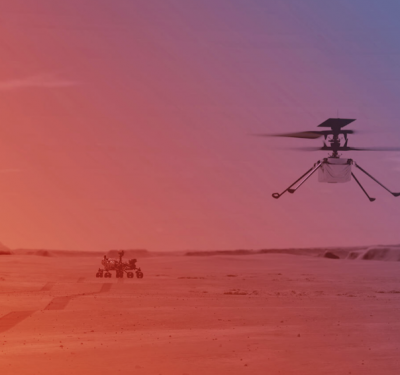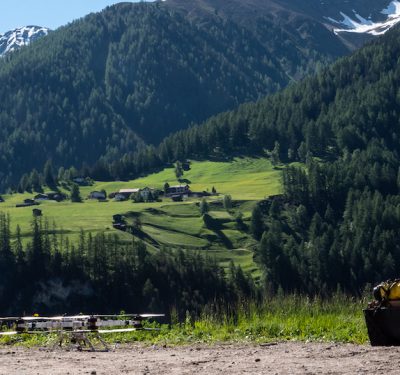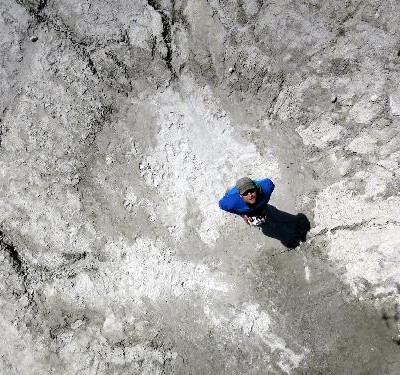Five Good Questions
Q: What need does the Robotic Aircraft Sensor Program (RASP) demonstration program meet?

TIM BENNETT is the program manager for air-based technologies for the Department of Homeland Security’s Science and Technology Division. He has more than 30 years experience managing, designing, manufacturing and testing intelligence, surveillance and reconnaissance (ISR) and signal intelligence (SIGINT) systems for manned and unmanned airborne systems.
A: Right now it actually addresses several different questions or needs within DHS (Department of Homeland Security) and it also answers some questions for the suppliers we bring out for this.
The first one is for our components. Due to the fact that we’re not using small UAS yet in the field we’re doing a lot of demonstrations, evaluations of them. …So the first part about this, and this falls back to the RAPS 1, the Robotic Aircraft for Public Safety program, is to evaluate what UAS are out there and which ones work best doing different types of tasks. All (DHS) components are working toward an acquisition program…The second part of this, for us, is we’re looking at six different scenarios, both night and day, and each one has a little bit different niche to it or difference in requirements for it. So we’re going to be able to go out there and look at all the different sensor packages. …The third real benefit to this is…the suppliers come out and they get to see where they thought something was working real well (and) it really didn’t work that well—or something they thought was mediocre really worked well. So now they know where to put their research dollars.
Q: How can manufacturers have their hardware considered for upcoming demonstrations?
A: Every year or every other year, we’ll be doing a follow-on to this and the follow-ons hopefully will be to look even more at sensors. And those would be the times when RFIs (Requests for Information) come out because we’ll be publishing them on Fed Biz Ops. And so if they look for it, they’ll find it.
Q: The technology you’re looking at, does it have to be fully developed?
A: Right now for the stuff we’re doing we definitely need higher TRL (Technology Readiness Levels). We’d like to get something at the six or seven level.
Q: Who pays for the testing?
A: We go to Camp Shelby for this and I cover getting the base’s support. I get the airtime set up. I get the actors. The assessments, the report writing are all covered under me or under DHS. Then what the suppliers do, all they have to cover is their attending it and bringing their equipment in. So they pay for the shipping, their per diems and equipment costs to be able to go off and do the demonstrations.
Q: What’s next?
A: I’ll probably, in the June-July timeframe of 2019, put another (Request for Information) out to start doing exercises in 2020. The good part (is) …by then I think at least Coast Guard and CBP (Customs and Border Patrol) will have an acquisition program in place so we can really then concentrate on sensors for it.






